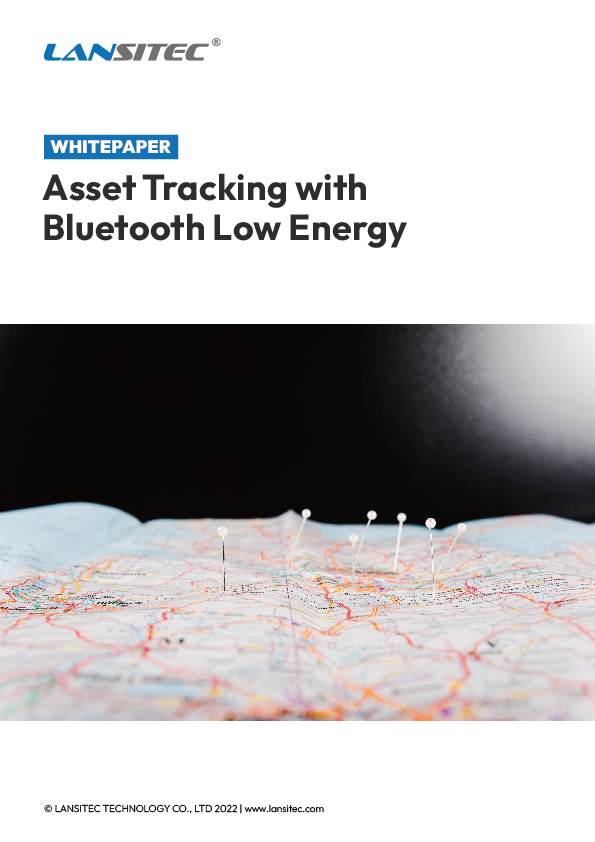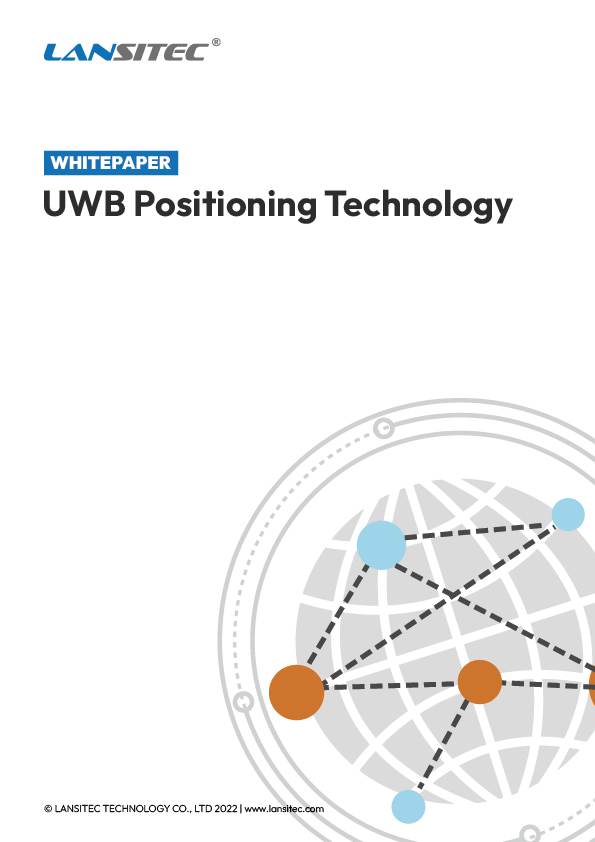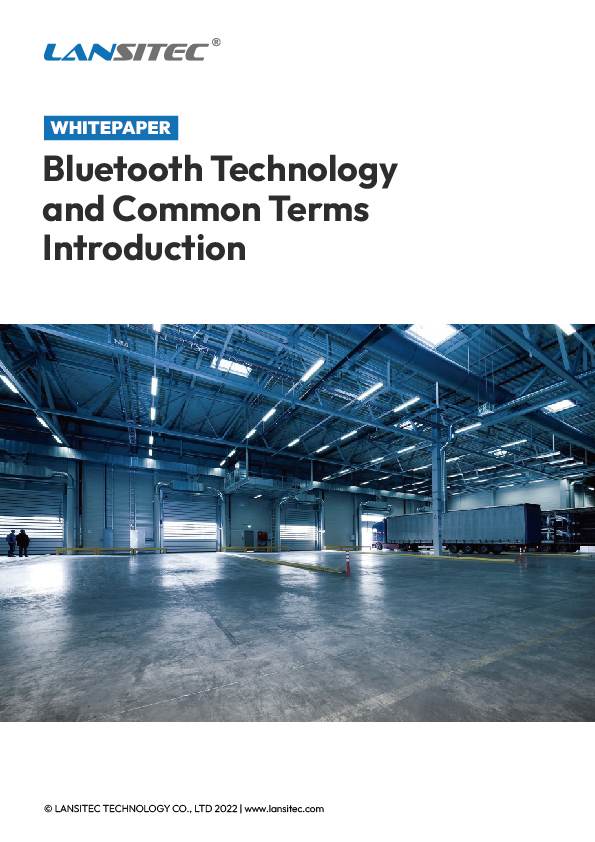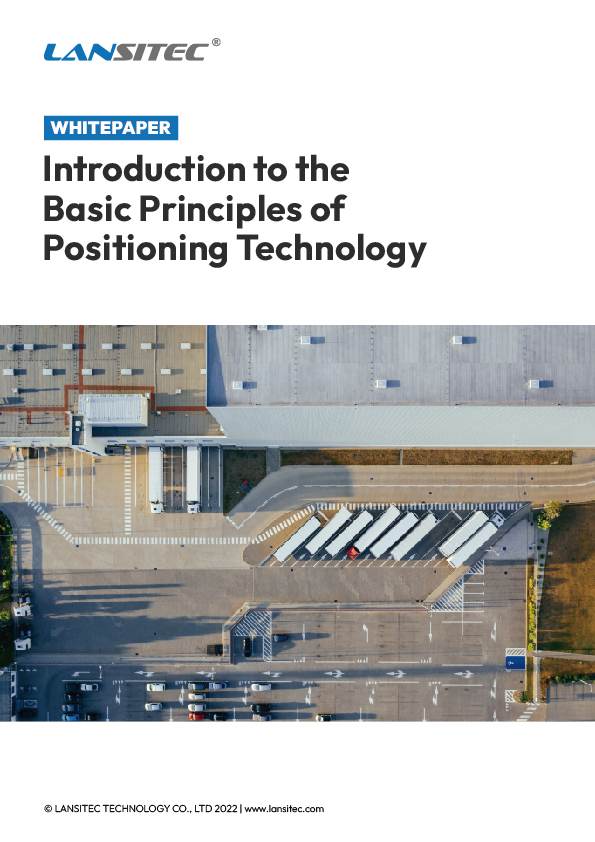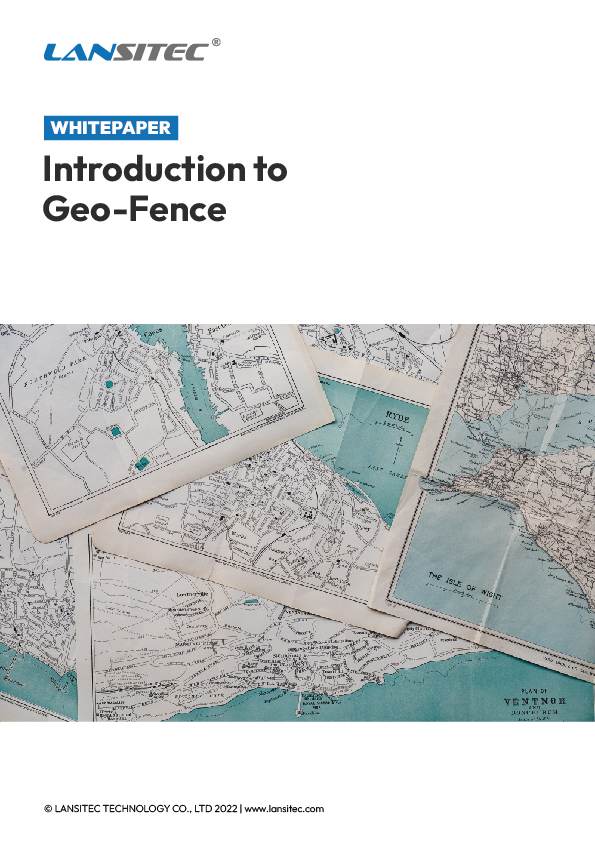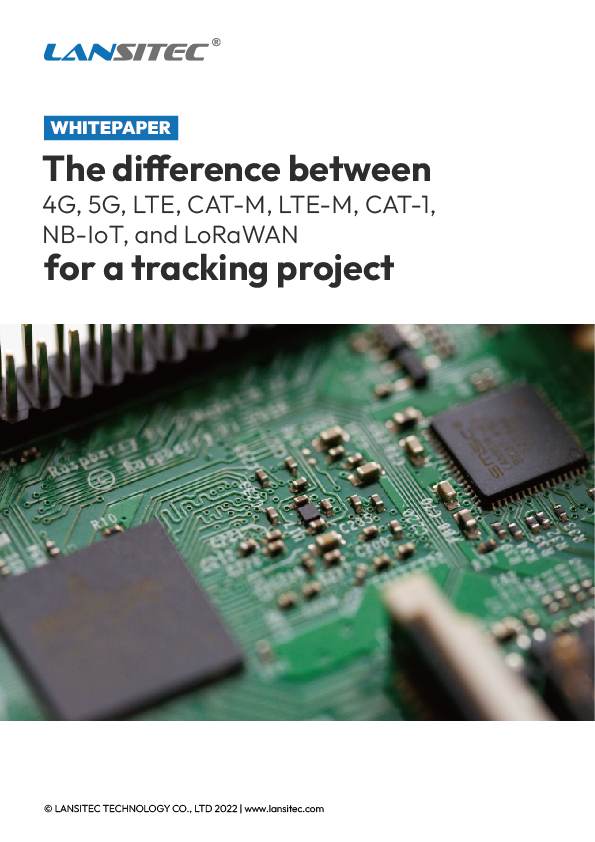COMPARISON
LoRaWAN
Modulation
Chirp spread spectrum modulation
Quadrature phase shift keying modulation
Frequency
"Unlicensed ISM bands
868MHz in Europe
915MHz in North America
470MHz in China"
Licensed LTE frequency Bands.
Bandwidth
125KHz, 250KHz and 500KHz
200KHz
Link Budge
165dBm
164dBm
Maximum message/day
Maximum Message it can send per day is unlimited.
Maximum Message it can send per day is unlimited.
Data Rate
300bps~21Kbps
158.5Kbps (UL), 127Kbps (DL)
Payload Length
11~242 bytes.
Max. 1600bytes, depending on the operator
Range
5 km in urban, 20 km in rural area.
1 km in urban, 10 km in rural area.
Interference Immunity
Very high
Low
Device Movement
Support
Not appropriate for moving devices
Authentication and Encryption
AES 128b
256-bit 3GPP encryption
Adaptive Data Rate
Adaptive Data Rate (ADR).
Does not support ADR
Gateway
"8 uplink and 1 downlink channels, 16 uplink and 2 downlink channels"
Not needed
SIM Card
Not needed
Yes
Network Capacity
The capacity can be expanded according to the needs. Please reach out to us for further information
Depending on the operators' network
On-Premise Deployment
Yes
No
Cloud Deployment
Yes
Yes
Battery Power Consumption
x
2x
Continous TX Deplay
4s
0s
Gateway Deployment
Need to deploy gateways
No need to deploy a gateway
SIM Card
No SIM card is needed
SIM card is needed
Network
Expandable network
Depends on the operator
Server Deployment
On-premise deployment
Cloud Server
Roadming
Hard
Worldwide roaming is possible
Battery Life
Long battery-life compared with NB-IoT
We made a comparison between LoRaWAN and NB-IoT for tracking application. Some of them do matter to a tracking project. Do you know which are they?

